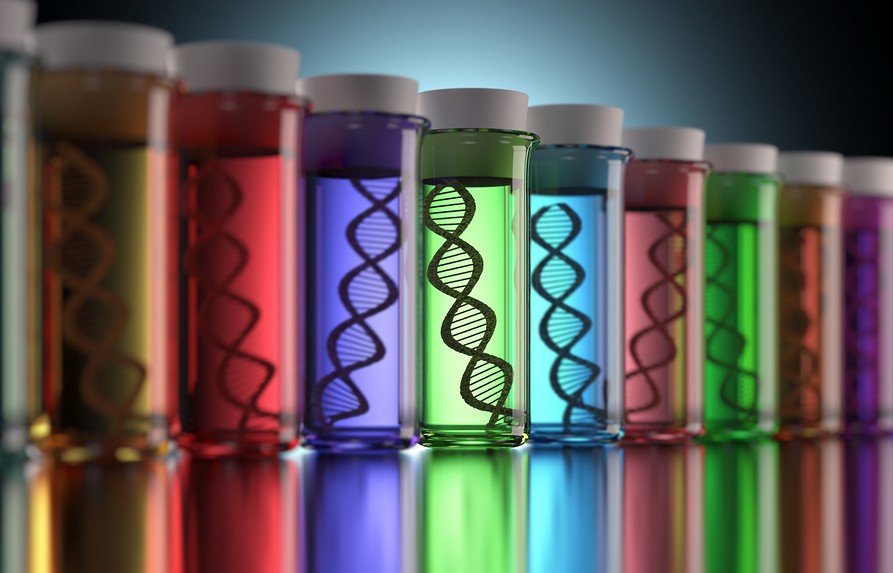For Some African-Americans, Genetic Testing Reopens Past Wounds
By Amy Dockser Marcus,
The Wall Street Journal
| 07. 14. 2018
Late last year, Justina Crawford decided to swab the inside of her mouth for a saliva sample to do a DNA test.
Ms. Crawford, a 30-year-old working in Boston who is African-American, had never done a DNA test before because she worried about who would have access to her genetic information. But her growing curiosity about her family history led her to set her reservations aside. “I want to know my roots,” she said, and purchased a kit from African Ancestry Inc., a DNA testing company.
Scientists and private genetic testing companies are making a push to enroll more African-Americans in genetic research and databases. As the popularity and wider availability of genetic testing grows, so have calls from the scientific community about the need for genetic diversity in future research. In the past, genomic research was predominantly skewed to people of European ancestry. As a result, African-Americans—as well as people of different demographic backgrounds—weren’t well represented in some important health research.
But before they sign up, many African-Americans have to overcome concern about potential misuse of DNA results and...
Related Articles
By Pam Belluck and Carl Zimmer, The New York Times | 11.19.2025
Gene-editing therapies offer great hope for treating rare diseases, but they face big hurdles: the tremendous time and resources involved in devising a treatment that might only apply to a small number of patients.
A study published on Wednesday...
By Emily Glazer, Katherine Long, Amy Dockser Marcus, The Wall Street Journal | 11.08.2025
For months, a small company in San Francisco has been pursuing a secretive project: the birth of a genetically engineered baby.
Backed by OpenAI chief executive Sam Altman and his husband, along with Coinbase co-founder and CEO Brian Armstrong, the startup—called...
By Jessica Hamzelou, MIT Technology Review | 11.07.2025
This week, we heard that Tom Brady had his dog cloned. The former quarterback revealed that his Junie is actually a clone of Lua, a pit bull mix that died in 2023.
Brady’s announcement follows those of celebrities like Paris...
By Emily Mullin, Wired | 10.30.2025
In 2018, Chinese scientist He Jiankui shocked the world when he revealed that he had created the first gene-edited babies. Using Crispr, he tweaked the genes of three human embryos in an attempt to make them immune to HIV and...




